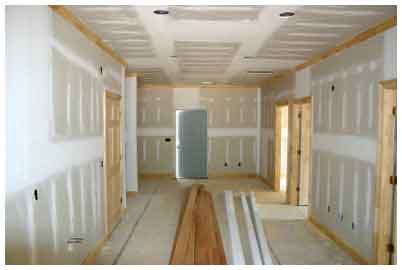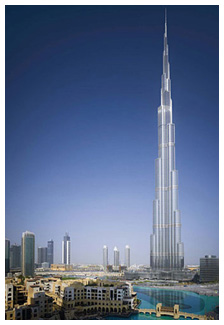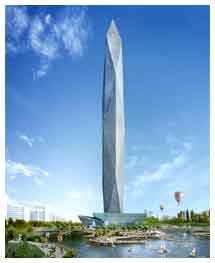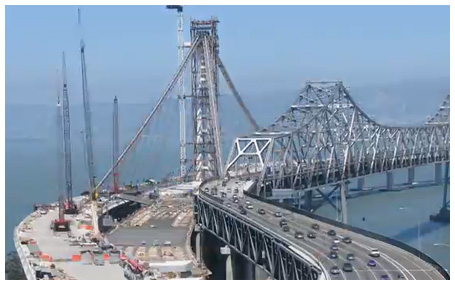ACT Now on Jobsite Security, Part 1 of 4
 This article was originally published in the November/December issue of Construction Savvy. Reprinted with permission.
This article was originally published in the November/December issue of Construction Savvy. Reprinted with permission.
My first construction boss told me everything he thought I needed to know about jobsite security. He said, “If it is not nailed down, someone will steal it.”
That advice holds true today but needs to be amended to say, “If it is not nailed down, stored in a locked secure container or tool box, behind an 8-foot-high chained and locked perimeter fence with 24-hour 360 video on a jobsite with one entry gate, a 24-hour armed security guard and dogs, it will be driven off, carried off or destroyed.”
In many cases, quoting one subcontractor, “Some construction jobsites are secure, but many are still like the ‘Wild Wild West’ where it is ‘may the lowest bid win’ and ‘winner take all’.” “Take all” means that they might take tools, equipment and building materials if you don’t have a jobsite security plan that prevents it. The industry rebound means you have to pay closer attention to the security and safety of your jobsite. Last year, according to industry sources, the industry lost over a billion dollars in materials and equipment theft. [node:read-more:link]


 If Jim Kor (
If Jim Kor ( The
The  Recently we made two points about the cost of gypsum products, especially wallboard. First, last year during the economic downturn, many
Recently we made two points about the cost of gypsum products, especially wallboard. First, last year during the economic downturn, many  We have written about autonomous or driverless vehicles as an early signpost for technology changes in the industry.
We have written about autonomous or driverless vehicles as an early signpost for technology changes in the industry.  Jack Eimer, president of the Central Region of Transwestern, a privately held full service real estate firm, talked recently about the future impact of technology on the users of office space with Marc Allen, Transwestern property manager.
Jack Eimer, president of the Central Region of Transwestern, a privately held full service real estate firm, talked recently about the future impact of technology on the users of office space with Marc Allen, Transwestern property manager. The design and construction skills, technology, mechanics and financing in parts of the world today are making it possible to create buildings that are approaching the “mile high” tower that the famous architect
The design and construction skills, technology, mechanics and financing in parts of the world today are making it possible to create buildings that are approaching the “mile high” tower that the famous architect  According to a recent
According to a recent  During the 1980s recession, a commercial development firm with the name BOHICA started in Houston. The name of the firm was a mystery until we discovered the origin of the name. The principals of the firm told me that it meant “Bend Over, Here it Comes Again”.
During the 1980s recession, a commercial development firm with the name BOHICA started in Houston. The name of the firm was a mystery until we discovered the origin of the name. The principals of the firm told me that it meant “Bend Over, Here it Comes Again”. The newest, “earthquake proof” bay bridge opened earlier this month on Labor Day to the delight of thousands of commuters in cars, on bikes and on foot who have been waiting for two decades for the new bridge to open.
The newest, “earthquake proof” bay bridge opened earlier this month on Labor Day to the delight of thousands of commuters in cars, on bikes and on foot who have been waiting for two decades for the new bridge to open.